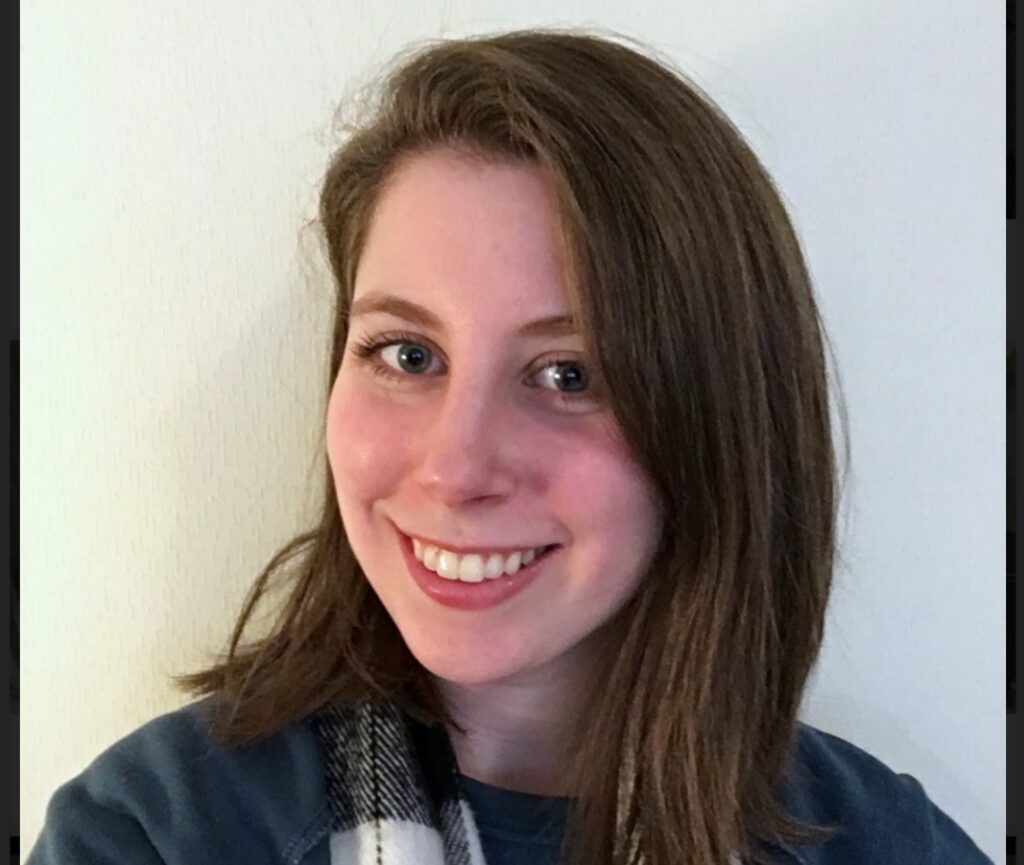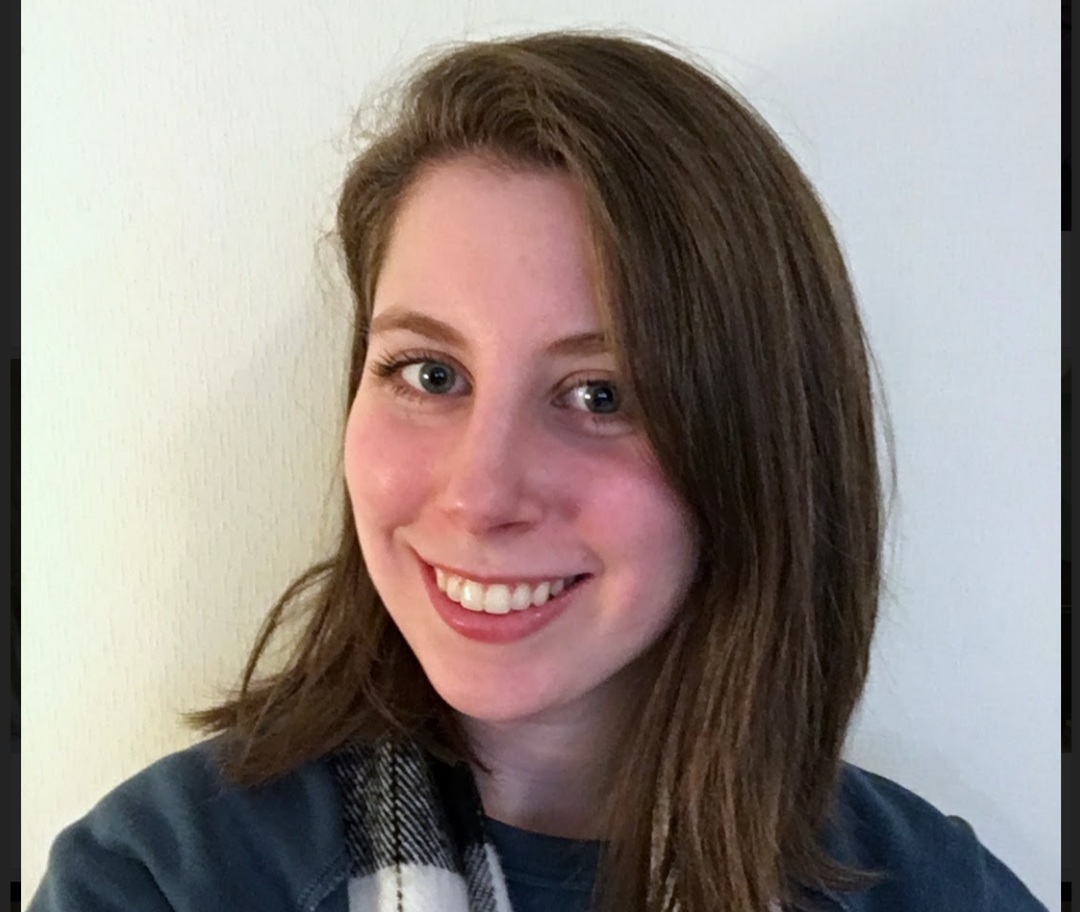Take2IndieReview sits down with Director Nancy Menagh to discuss her career and her Latest film – VICTIM NO. 6
When did your passion for filmmaking begin?
For me, my love of film was born out of my love of photography. The first time I picked up any type of camera was when I was around 6 and was taking an analog photography class offered at my school. It was a great experience for me to have had at such a young age because my teacher, Mary Boulton-Haling, really treated us like little people rather than children. So even though I was incredibly young, I felt very confident in the skills I was learning and was trusted to handle photographic equipment and develop my own prints in a darkroom. I took my first film class at 11 and even though I pursued both film and photography throughout my high school career, I sort of carved out an identity when I started making movies. There are obvious similarities and differences between these two mediums, but what excited me early on about working on a film was the all-encompassing nature of it as a mode of story telling. I was very ambitious in some ways and experimented with editing or framing shots that were more complex.
What inspired you to write this story?
One afternoon I got a text from Heather Brittain O’Scanlon, who I had worked with previously on my short film As It Seems, reaching out to to see if I had any fun, twisted scripts in the works. She told me she had just come from lunch with Russ Russo, a mutual actor friend who I had met working on another project, and that they were interested in acting in something together. I started thinking about what types of stories or relationships could be portrayed. After about 10 minutes of brainstorming, I had come up with the bare-bones story idea for Victim No. 6. I threw the idea out there and Heather loved it, so I knew I was good to go on developing it. The meat and potatoes of the story and characters really came after that though. Once I had decided that this would be a story about a serial killer on the loose, it was an absolute no-brainer to set this film in the 70’s when serial killing reached it’s peak. I did extensive research on prominent serial killers, their methods, the psychological profile of people who commit these kinds of crimes etc. Not all of it was pleasant work, but the information was valuable to crafting believable characters and relationships. This research, along with compiling visual references and discussing the climate of the time with friends and family who lived in New York City during that period, ultimately informed major elements of the characters and story.
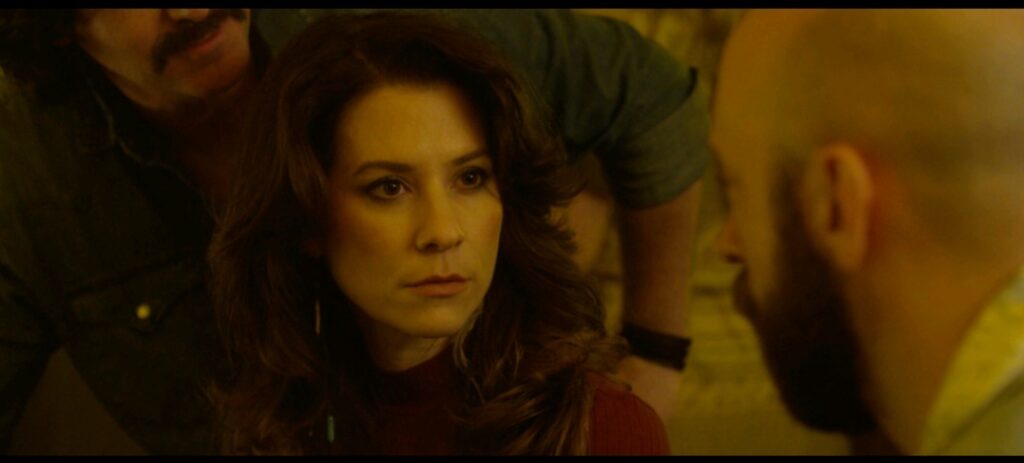
You are an NYC native and spent a semester studying at FAMU International in Prague. How has this diverse and multicultural background influenced your filmmaking?
Having the chance to study at FAMU was enriching from multiple perspectives. Of course the experience came with some challenges, but the opportunity to shoot a film on 35mm film alone was pretty extraordinary. I think particularly because I was born and raised in NYC and found myself at NYU’s Tisch School of the Arts for college, the chance to live and create in a totally different kind of environment helped broaden my horizons. I subsequently moved back to Prague after that experience and have lived in London as well. But my semester at FAMU was the first time I was really out there exploring the world totally on my own, and it definitely made me braver when tackling new and intimidating experiences. From the film education perspective, one of the biggest differences between NYU and FAMU was definitely the teaching style. I think many of my peers were taken aback by the direct nature of the feedback we would receive, which may be owed in part to cultural differences. But there are so many nuggets of wisdom that came from my FAMU professors because they could boil your script problems down to easily digestible advice.
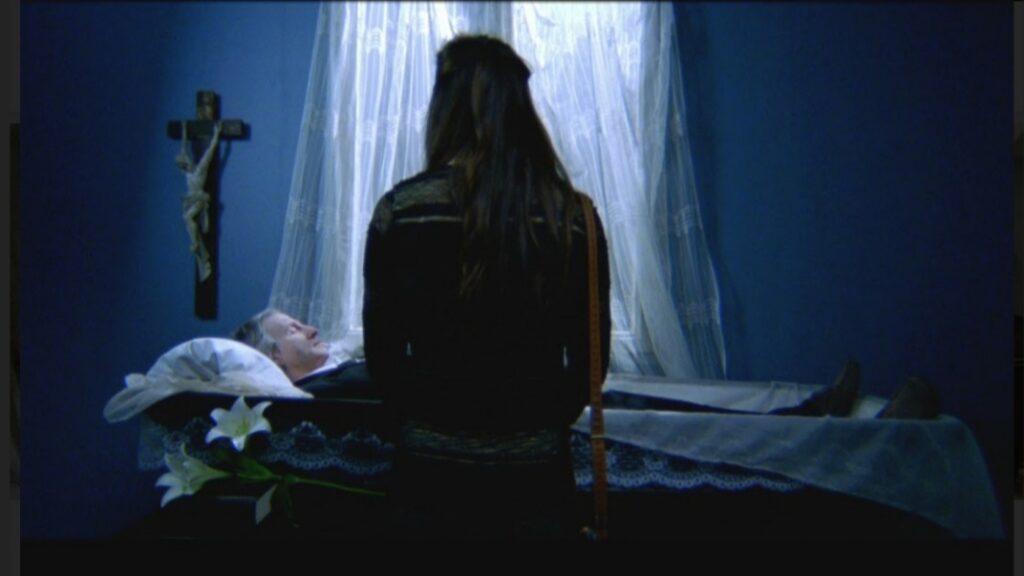
Are there any films or filmmakers that have shaped your style as a filmmaker?
There are many films and filmmakers that I love and are personal favorites, but I’ve never tried to apply another filmmaker’s style to my own work. The greatest filmmakers follow the beat of their own drum and that is what makes their work so special. I’m sure there has been some unconscious influence, and I’m a huge consumer of content. Often when I’m watching a film or show and I see something striking, I’ll have to pause and rewind to watch that moment over a couple times. When you see something that is evocative or effective, whether it’s a great acting moment or a really interesting shot or series of cuts in the edit, to me that moment requires a second look to appreciate what the artist has accomplished. The stories I want to tell come from my own ideas about life and they unfold from there. In terms of my own style, I think a lot of the decisions I make are instinctive and based on the material at hand. When I’m writing, I will get a very strong visual image of how I’d like to see a moment of the scene play out and that will invariably be in the final product come hell or high water. But there are also decisions that are made after discussions with department heads and I’d probably say their opinions and instincts have a greatest impact on my “style” than anyone. One of my mantras working with my crew is, “I don’t know everything and I’m not always right.” There are some things I know I don’t want to compromise on because it’s part of my vision, but if my production designer has an instinct on something, I want to hear it. If my DP wants to try a different shot, we do. They are all artists that are very good at what they do. As a director, you have your hands in everything and are focused on so many moving parts. The discussions I have with my team are usually more informative to my vision than anything else.
Your films As it Seems and Victim No. 6 are both period pieces set in the 60s and 70s. What is it that draws you to these different eras?
What’s not to love about a period piece! The nice thing about period pieces is that there’s a level of escapism that can be had while still setting the story in the real world. There’s something fun about working on these kinds of projects and seeing all the actors in costume and the period come to life before your eyes. It’s just good fun. That said, with both films there were factors that drove us in the direction of a period piece. In the case of As It Seems, setting the film in the 60’s was done to mirror the mental state of the main character. With Victim No. 6, it was a more appropriate time period considering the content of the film. Serial killers, as bad as they are, aren’t really topical. If I’m speaking honestly, in my day-to-day life I’d be much more concerned about the threat of gun violence than I would be about the prospect of being targeted by a serial killer. But in 1975, it was a true concern! As funny as it may sound, my mom would use the Son of Sam as an excuse to turn down a date. So story wise, the 70’s was a better fit. Overall though, I happen to think storytelling is much easier and more fun when set in the pre-digital age. I don’t necessarily want my characters to have access to information immediately, and drama can be derived from another character or even the audience having more information than the main character. Writing in a universe where the characters are constantly using cell phones isn’t very interesting to me.
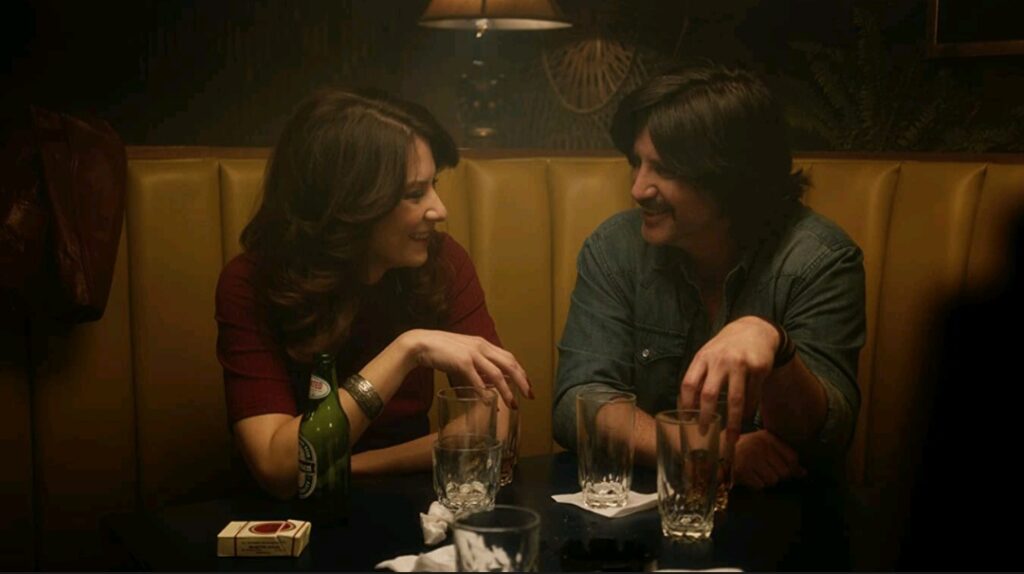
What was the dynamic like on set working with your two great leads Russ Russo and Heather Brittain O’Scanlon?
As a rule, I’m a big believer that the set experience should be fun and collaborative, so it’s necessary to make sure you have a cohesive cast and crew. I’m going on a decade of friendship with Heather and she has always been one of my greatest cheerleaders, so getting back on set with her was really wonderful. Heather has always been really great at taking notes and adjusting to the tone of the scene. If we’re talking motivation or the character’s mindset, she will soak up everything we discuss to use in the scene. Heather has crafted two very different and complicated characters under my direction and I’m not sure any other actress could have hit all the right notes or done them justice in the way she did. I’ve never directed Russ before, but we’ve worked together on a previous project so I knew the talent and experience he could bring to the role. Russ is very immersive and when he’s playing a role, he dives in and commits to it whole heartedly. I have to give him props because he was rocking the shaggy hair and 70’s mustache in the months leading up to shooting. It was a lot of fun watching them work through a scene together because these two played off each other incredibly well.
You have worked with Heather Brittain O’Scanlon in the past with your film As it Seems and as producing partners. What is it like directing someone that you have a close professional and personal relationship with?
I think there’s a huge degree of comfort that came with working with Heather, especially this time around. The first time I directed her, it was much more of a professional relationship. In the years following that shoot, we’ve gotten to know each other and the professional relationship deepened into friendship as Heather and I bore witness to the joys and sorrows in each other’s lives. For me, the personal relationship I have with Heather opens up my directing arsenal. I have more ways in which I can discuss a character with her because we each know what the other has gone through in their life. In some ways that can be an asset towards communicating the emotional arc of a scene in a very honest way.
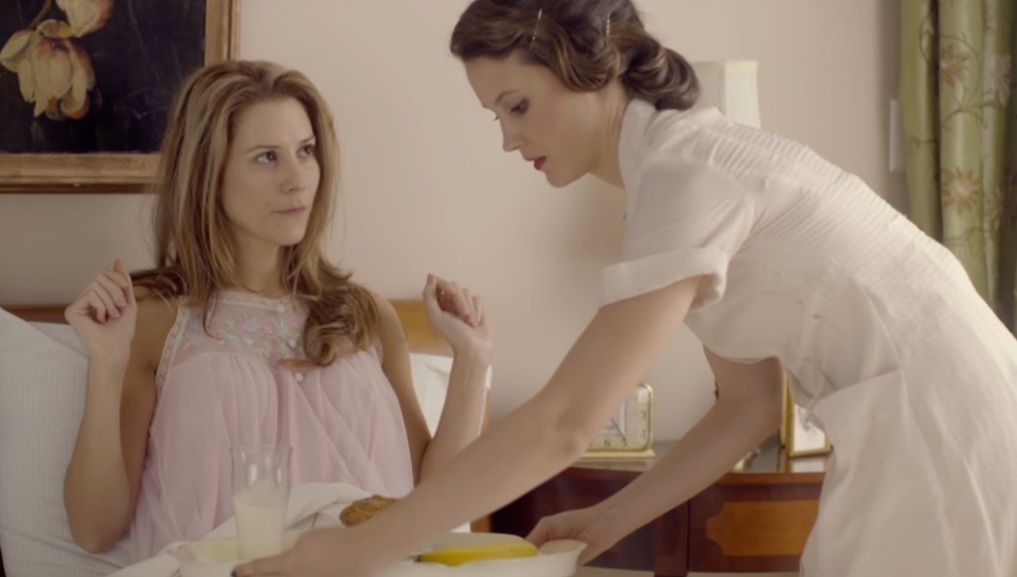
Victim No. 6 puts a feminist twist on the thriller genre. In what ways do gender equality issues inform your writing and directing?
I went to an all-girls school for 12 years and was very much raised with the idea that women can do anything men can do. As I’ve gotten older and had more experiences in the real world, I now am a firm believer that women can do anything men can do, AND they can do it better! All jokes aside, I see subtle ways the issue of gender equality has made itself present in my work. I think both As It Seems and Victim No. 6 actively play off what is likely the prevalent perception of the female characters, and the ways that perception may be wrong. It requires the audience to take a step back and rethink how they may have approached the material with preconceived notions of gender roles. In some ways that’s perhaps how I’ve experienced gender bias – it’s not so much that I’ve been told I can’t do it, but the fact that I need to continue to prove I can do it well. Many people, even people I’ve worked with, have underestimated what I’m capable of. I’ve had people seem genuinely surprised that I could write something dark or express that they never anticipated the scope of my vision when they read a draft of my script. I’ve even had a male crew member try to silence me on my own set while I was trying to confer with my DP about a shot. Most people would agree that’s totally inappropriate, but most women you talk to will understand how it feels to be undermined by a man, even when they themselves are in charge.
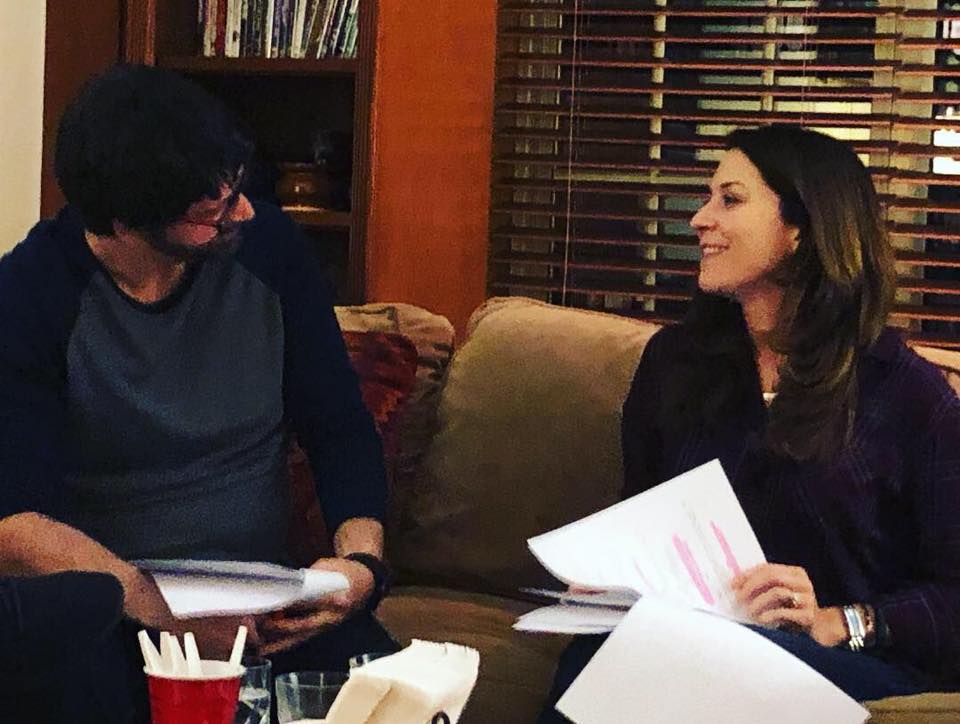
What other themes and genres do you hope to explore in the future?
I would love to depart from the thriller genre and direct something comedic. I have a short comedy script that I’ve been sitting on for a few years, but the stars haven’t aligned on it yet. It’s a challenge because the themes that I tend to ruminate on are ones centered on death or loss. Death is the great unifier because we will all lose people we care about, and we all must face our own fate. The emotional well runs deep and there are so many ways for one to explore these themes both directly and indirectly that are relatable for many.
Your film is screening at the Garden State Film Festival on March 27th. What does this accomplishment mean to you?
I spent my childhood summers at the Jersey shore, not too far from Asbury Park, so I have a lot of ties to the area and I would consider New Jersey my second home. I’m a GSFF alum so for me it’s like a family affair and it’s very gratifying to return. In fact, most people may not know that Lauren Concar Sheehy, who is the Executive Director of GSFF, worked on Victim No. 6 as our Script Supervisor! It was my first time working with Lauren and I honestly don’t know what I would have done without her sharp eye because she kept me on track even when I had no idea we were off track. You go to a lot of different festivals when you have a short film making the rounds, so you see the differences in how they’re organized or programmed and it’s just the nature of things that you develop favorites. In the case of GSFF, it’s not only one of my favorites but it’s one of the most professionally run with a lot of opportunities to meet other artists and see what work is being produced.
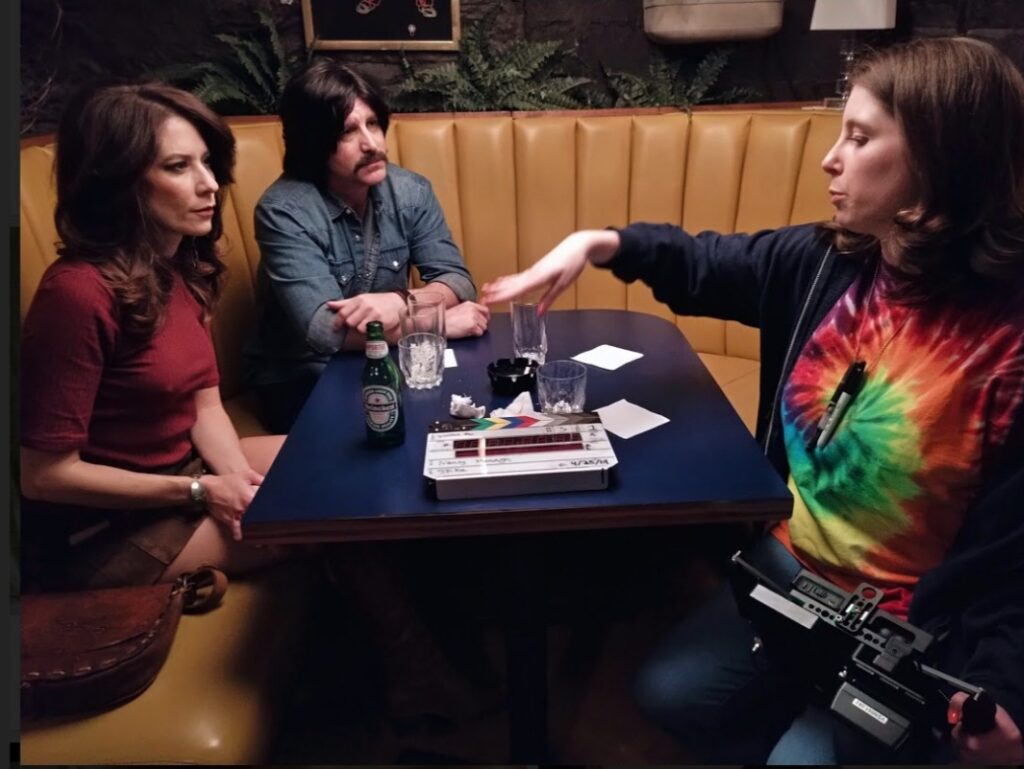
Do you have any future projects in the works?
I have a feature script that I developed a while back but have been working on finishing and tightening up. Quarantine presented the opportunity to sit with the writing and rework some of the plot points to strengthen the story. I have a few short scripts I’ve been consulting on and spent some time this past year developing a few story ideas, both independently and with peers. 2020 was a weird year to try and plan ahead, or think forward to what may comes next. Thinking about the future in the abstract was a huge challenge for me, but sometimes in life we’ve got to roll with the punches.

